What is a club rally car?
A club rally car is really the answer for those who want to rally a classic two wheel drive car with modern engineering. Freedoms in choice of engine, transmission and suspension make it easier and cheaper to build a competitive rally car.
Where club rally cars came from
Background
Up to the 80’s there was no World Rally Championship, no four wheel drive and no turbo charging in Australian rallying. Rally cars were almost exclusively rear wheel drive and therefore on a similar parity to each other. At the time a category known as Group G was alive and well allowing improvements to cars competing in rallies.
Group G
In many regards Group G cars were the forerunner to Club Rally Cars. Group G was strong amongst privateers. The category allowed some substantial modifications and the substitutions of engines. Some right missiles were created in backyard sheds and taken onto the rally stages of the day.
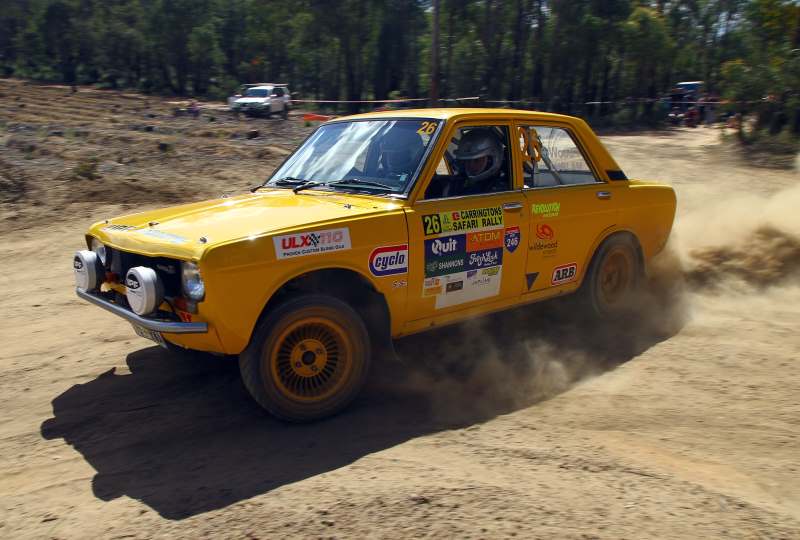
The axe falls
We all know the story of Group B and why it was banned at an international level. Group G suffered the same fate, probably for similar reasons. With the stroke of a pen the rules changed. Home engineering was out in favour of production based rallying.
Production Rally Cars (PRC)
As the name implied rally cars were strictly production based. If the manufacturer did not make a specific part for a particular car, you weren’t allowed to fit it. PRC was effectively the Australian equivalent of FIA Group N.
PRC worked fine for a number of years until the 1990’s. Initially it was thought that as newer cars came onto the scene, older rally cars would simply be replaced. This was true at national level however not at the lower tiers of the sport. Many club rally car competitors continued to race their older cars.
An unbalance in the Force
There came an unbalance in the sport as newer cars got onto the special stages. A 90’s Honda Civic for example had an Aluminium DOHC engine, good suspension geometry and four wheel disc brakes. These were all standard features therefore they complied with PRC and were very quick.
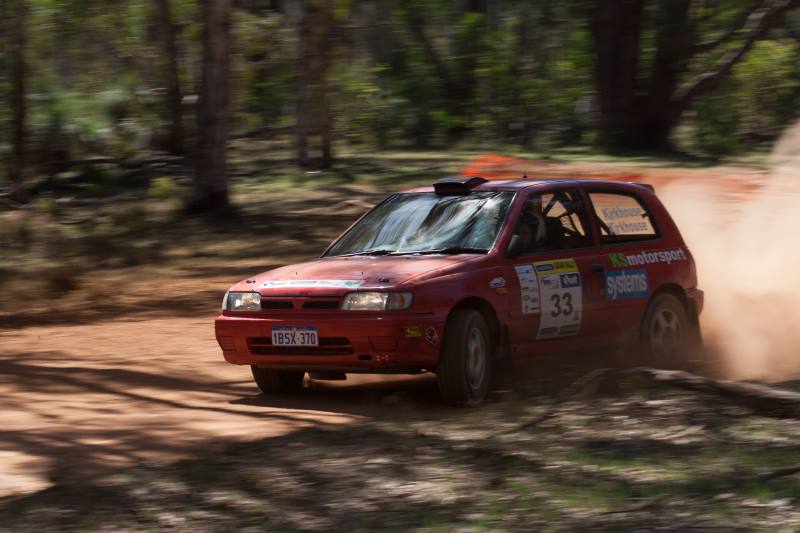
The same couldn’t be said for a classic Datsun or Ford. Cast iron SOHC engines, primitive suspension and drum brakes put them at a disadvantage. The problem was keeping cars competitive and affordable. The PRC rules needed tweaking.
Over a period of years more and more freedoms were ushered into PRC to allow older cars to keep up. The last sticking point was the engine. Regardless of being allowed to change the gearbox, rear axle, brakes and panels, the factory engine had to be retained. Extracting power from an older engine was costly and reliability became a serious concern.
Club Rally Cars are Born
Enter the club rally car category. The intent of the category is to be able to build a competitive car at a reasonable price. I suppose you could say a Club Rally Car is to the entry level privateer, what an AP4 Rally Car is to the National competitor.
The club rally car rules are based on either historic or production regulations with a few other freedoms. The biggest change is the engine. Now substitute engines can be fitted the last piece of the puzzle has been solved.
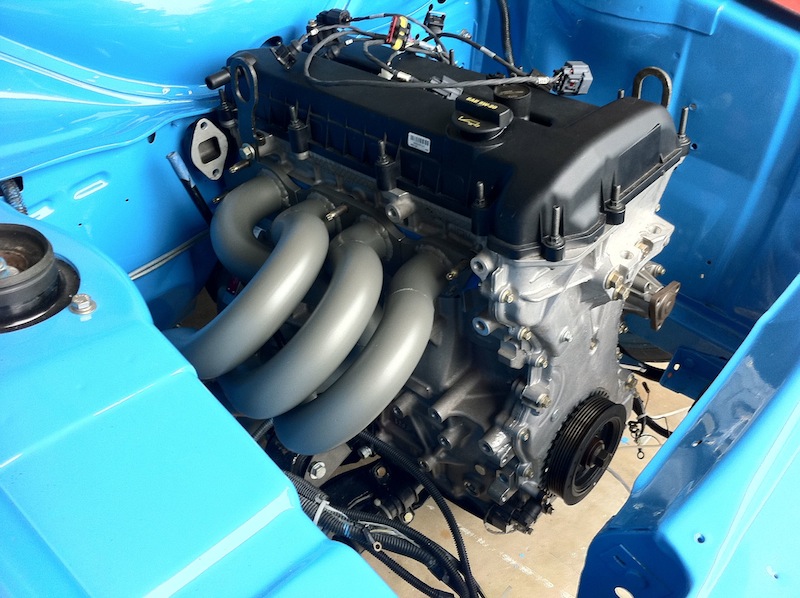
What do they look like?
OK so I’ve talked about the regs, but what does a club rally car actually look like? Let’s use a Ford Escort as an example. Why? Well we’ve built a few of them over the years and started out rallying one. The same principles apply to Datsuns, Corollas, etc.
Building a dream machine
Back on topic and the Escort. It’s 2019 and so finding road going examples of Ford’s most popular small car are unlikely. Let’s say you manage to stumble across a “barn find” 2 door Escort MK II. Parked up long ago there’s rust in the usual places, the engine is seized and its covered in an inch of dirt.
On getting the car home you discover most of the mechanicals are worthy of the scrap bin. No matter. Thankfully the club rally car rules exist and this will be much cheaper and easier to build than PRC.
The mechanicals to create a mule
Between ordering off the net and looking locally you can get the parts pretty easily. You could use pretty much any four cylinder engine. However a DOHC, aluminium Duratec engine comes courtesy of a wrecked Ford Focus. You source the brakes from a Nissan skyline and the gearbox from a Mazda RX7.
Your new rear axle once lived under a Toyota Hilux and will find a new home at the back of the Escort. A five link rear end kit, fabricated suspension arms and world cup cross member help take care of the handling.
Getting it all in there
Sure there’s some fabrication to make it all fit into the humble Ford. You’re not alone on this journey though. Others before you have done it and many adapters and fittings are off the shelf items. The Escort fitting kit for a Duratec engine for example is readily available both in Australia and the UK.
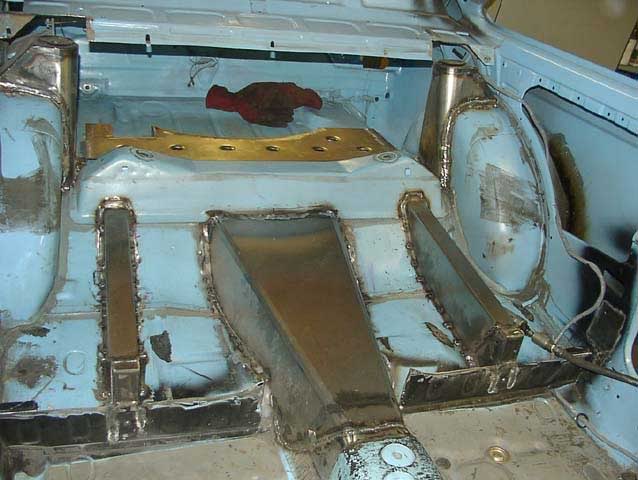
Safety
Whilst waiting for parts, in goes the roll cage. Safety is still top priority in all club rally cars and you need decent protection. You also complete some of the rust repairs whilst the welder is out. The rules allow some fibreglass panels and wheel arch flares to be used. It means some non rusting substitutes can be fitted saving time and cost.
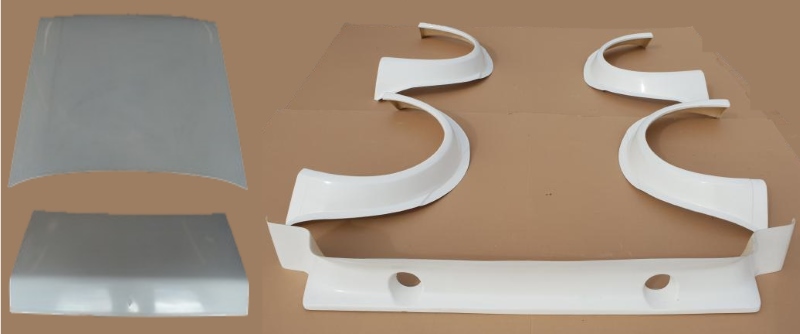
Frankenstein, eat your heart out!
Soon enough the car is completed. All the parts are married up and set to work in unison. No longer from one manufacturer, the most suitable mix of parts has been integrated. It might be a mule, however it is one serious club rally car.
Purists and the $$$
Best of all it cost a fraction of that required to build a PRC car to the same spec. I know some purists will shake their heads in disgust! Why didn’t you fit a BDG, ZF gearbox and Atlas rear axle? Haven’t you been paying attention? Have you priced up a BDG engine lately? The idea of a club rally car is to keep the costs down!
Get on the scales!
Club rally cars do have to meet the minimum weight in the rules and the Escort is no exception. Fibreglass panels, polycarbonate windows and an aluminium engine do make things lighter. The advantage is you can distribute more of the weight evenly throughout a club rally car therefore giving better balance and handling.
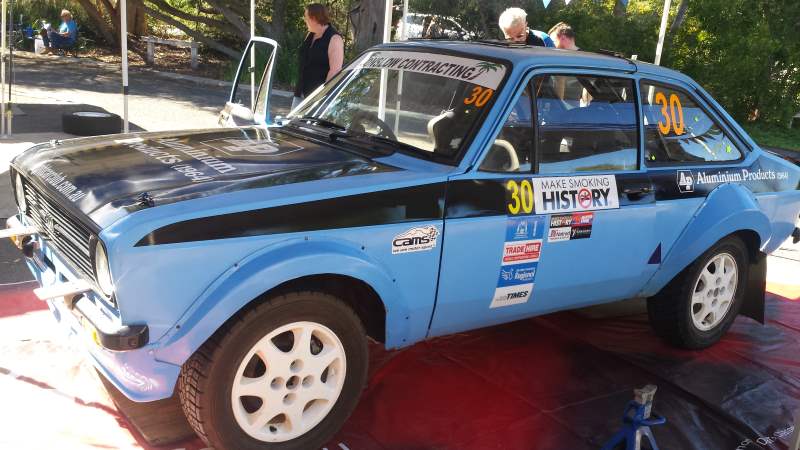
Now so far I’ve talked about the benefits of the club rally car rules for classics. What about contemporary machines like a Mazda 2 or a Ford Fiesta? Well some of the same rules apply to modern cars too.
CRC? Why not PRC?
Why build a PRC car if you can build a club rally car? Good question. PRC still has its place, particularly for Turbo charged, 4WD and modern cars. Some modern cars are also eligible to enter international rallies which have production based rules.
So let’s boil it all down. Competitors who want to rally classic, 2wd, non turbo cars will probably gain the most from the club rally car rules. Those who race modern machinery already have many of the benefits straight out of the box. CRC or PRC, the idea is to engage as many competitors as possible.



Leave A Response